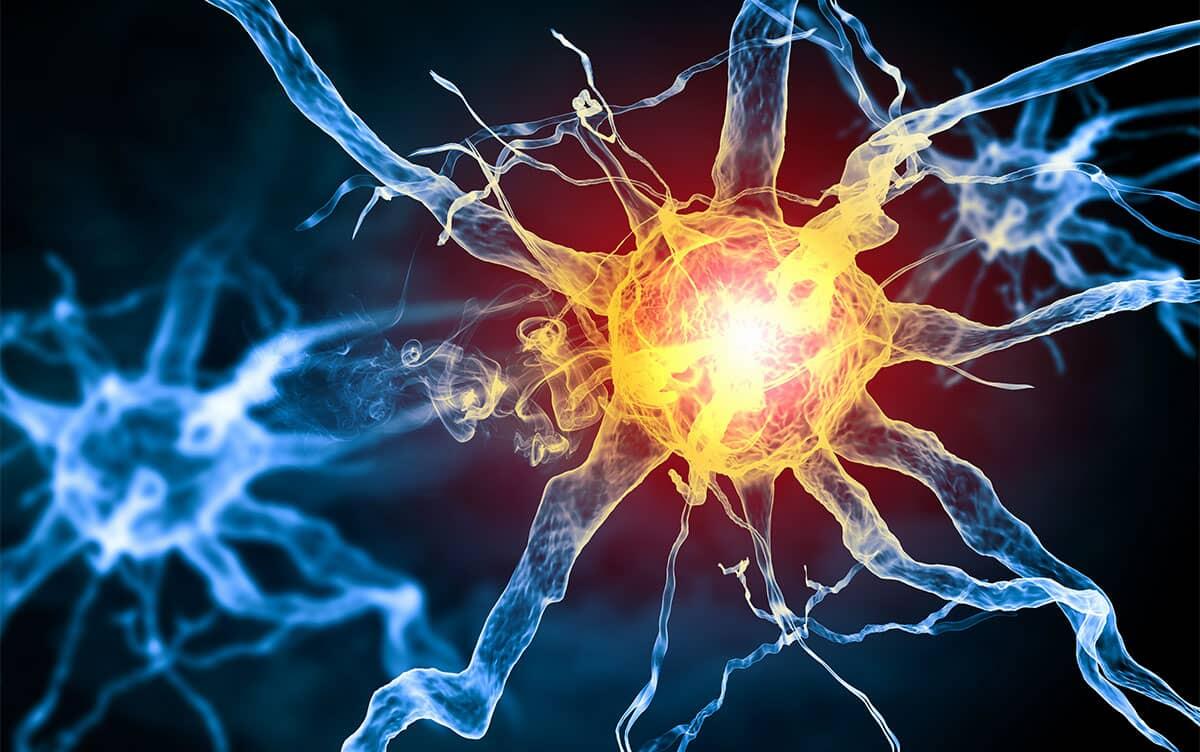Research News
Developing a New Analysis Method for Capturing Long-Term Brain Activity in Freely Moving Mice
 Image by Sergey Nivens/Shutterstock
Image by Sergey Nivens/Shutterstock
Researchers at University of Tsukuba have developed a novel technique for analyzing neural activity in the brain. This new approach makes it possible to track neuronal signals in freely moving animals for over 99 days—an unprecedented duration. It allows for the integration of data across multiple imaging sessions with high accuracy and is anticipated to become a valuable tool for studying memory mechanisms and the progression of neurological disorders.
Tsukuba, Japan—Calcium imaging with ultra-small microscopes has become a widely used method for visualizing brain activity in mice during natural behaviors, including sleep. However, current analysis techniques struggle to follow the same neuronal populations over time due to shifts in the imaging field of view and subtle tissue deformations between sessions. These issues make it difficult to reliably identify and track individual neurons across days or weeks.
To overcome these limitations, the research team developed CaliAli (Calcium Imaging inter-session Alignment), an advanced analytical framework designed specifically for aligning data across multiple sessions. CaliAli corrects image misalignments by systematically integrating data from each processing step, ultimately reconstructing a continuous and coherent video. It also incorporates an optimized algorithm to automatically extract neural signals from the aligned video while filtering out noise and eliminating redundant detections.
Using this method, researchers were able to track and record the same group of neurons continuously for up to 99 days with a standard ultra-miniature microscope—a world first. CaliAli opens new possibilities for long-term brain activity studies and could significantly advance our understanding of memory formation, retention, and the gradual changes in brain function associated with neurological diseases.
###
This work was partially supported by the Japan Agency for Medical Research and Development (JP21zf0127005, JP23wm0525003), Japan Society for the Promotion of Science (JSPS)(24H00894, 23H02784, 22H00469, 16H06280, 20H03552, 21H05674, 21F21080), Takeda Science Foundation, Uehara Memorial Foundation, The Mitsubishi Foundation, and G-7 Scholarship Foundation to M.S., JSPS (23K19393, 24K18212) to I.K. and the Japan Science and Technology Agency (JPMJSP2124) to Y.W.
Original Paper
- Title of original paper:
- A comprehensive suite for extracting neuron signals across multiple sessions in one-photon calcium imaging
- Journal:
- Nature Communications
- DOI:
- 10.1038/s41467-025-58817-z
Correspondence
Associate Professor SAKAGUCHI Masanori
Institute of Medicine / International Institute for Integrative Sleep Medicine (WPI-IIIS), University of Tsukuba
Related Link
International Institute for Integrative Sleep Medicine (WPI-IIIS)
Institute of Medicine




